Introduction
Hello, fellow container home enthusiasts! I’m Emily Owens, your go-to source for all things container home-related. Over the past four years, we’ve explored the fascinating world of container homes, from their eco-friendly benefits to the stunning architectural designs they can offer. Today, I’m here to delve into a topic that’s close to my heart: designing concepts for small spaces within container homes. So, grab a comfy seat (or stool, if you’re short on space) and let’s dive into the exciting world of maximizing every inch of your container abode!
The Magic of Multifunctional Furniture
In the world of small-space living, multifunctional furniture is the real MVP. It’s like the Swiss Army knife of interior design. Imagine having a sofa that transforms into a bed, a dining table that doubles as a desk, or even a set of stairs that conceals storage compartments. The key to successful small space design in container homes is choosing pieces that do more with less.
For example, consider a fold-out wall-mounted dining table. This nifty piece can serve as your workspace during the day and your dining area during meal times. Pair it with stackable chairs that can be stashed away when not in use. This way, you can have your cake and eat it too (literally!).
Embracing Vertical Space
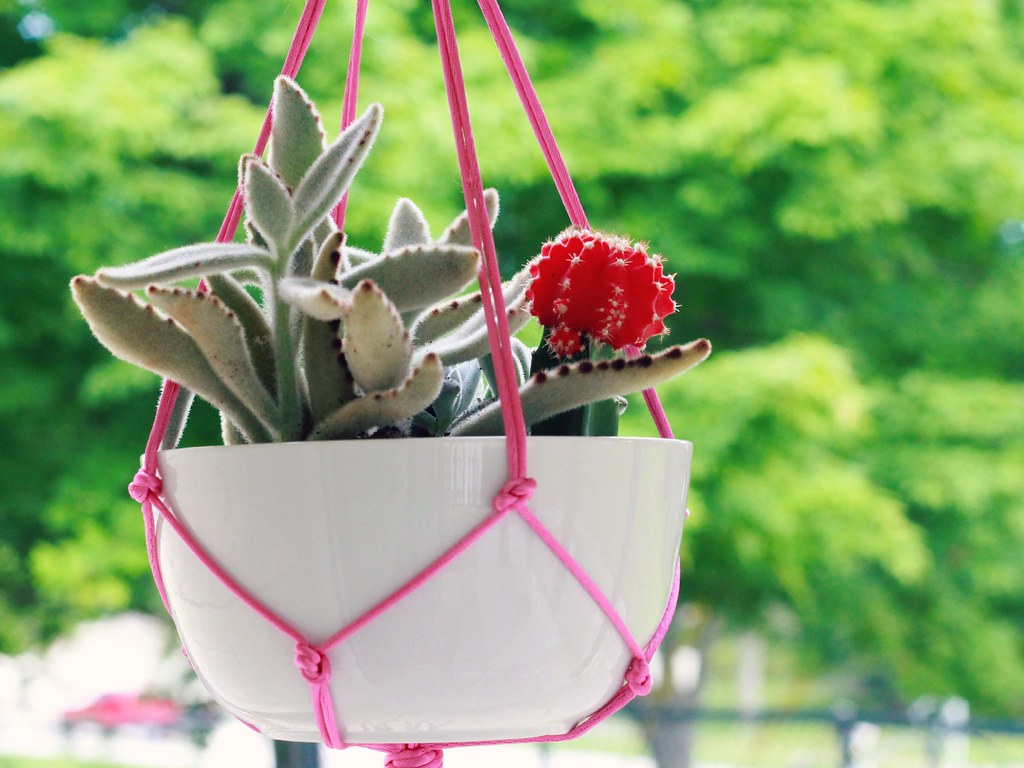
When square footage is limited, you’ve got to think vertically. Don’t let those high ceilings go to waste! Vertical shelving units, hanging planters, and wall-mounted storage can work wonders in a container home.
Take advantage of every inch by installing floating shelves in your kitchen for spices and cookware. Hang hooks or magnetic strips to store utensils and knives, clearing up precious drawer space. You can even hang a hammock chair from the ceiling, creating a cozy reading nook that’s off the floor and out of the way.
Open Concept Layouts
In container home design, an open concept layout can be your best friend. Removing unnecessary walls and barriers can make even the smallest of spaces feel larger and more inviting.
Consider combining your kitchen, living room, and dining area into a single, open space. This not only increases the sense of space but also promotes a more communal atmosphere. Use rugs, furniture placement, and lighting to define different zones within the open space.
Maximize Natural Light
Natural light is a small space’s best friend. It not only makes your container home feel more spacious but also enhances your overall well-being. To maximize natural light:
- Use large windows or glass doors to allow sunlight to flood in.
- Opt for light-colored interiors and reflective surfaces to bounce light around.
- Avoid heavy curtains or blinds that block out light. Instead, choose sheer or light-filtering window treatments.
- Strategically place mirrors to amplify the sense of space and reflect light.
Clever Storage Solutions
When it comes to container homes, it’s all about the art of tidiness. Small spaces require creative storage solutions to keep clutter at bay. Here are some ideas to consider:

- Utilize the space beneath your bed for drawers or pull-out bins to store clothing, shoes, or bedding.
- If your container home features stairs, use the risers as drawers for shoes, books, or other items.
- Custom-built cabinets and furniture can be tailored to your specific space, providing efficient storage without taking up extra room.
- Install tall cabinets or shelves to make the most of your vertical space, especially in the kitchen and bathroom.
Compact Appliances and Fixtures
When it comes to small space design, size matters. Consider compact appliances and fixtures designed specifically for tiny homes. Think about a smaller fridge, a combo washer-dryer, and a compact dishwasher. These appliances not only save space but can also be more energy-efficient, contributing to the sustainability of your container home.
In the bathroom, opt for a space-saving corner sink and a shower stall with a sleek glass door instead of a bulky bathtub. Every inch counts!
Outdoor Living
Don’t forget to make the most of your outdoor space. Container homes often come with the benefit of a compact yet inviting outdoor area. Transform it into an extension of your living space with outdoor seating, potted plants, and even a mini herb garden. When your outdoor space feels like an oasis, it can provide relief and expansion for your indoor quarters.
Conclusion
Designing concepts for small spaces within container homes may seem challenging, but it’s a thrilling creative endeavor. Embrace the magic of multifunctional furniture, think vertically, and let in as much natural light as possible. Open concept layouts can make your home feel more spacious, and clever storage solutions keep clutter under control.
Remember, the key to successful small space design is making every inch count. So, whether you’re sipping coffee at your wall-mounted dining table or curling up in your hammock chair, make your container home uniquely yours and enjoy the cozy charm of living large in a small space. Happy container home living!











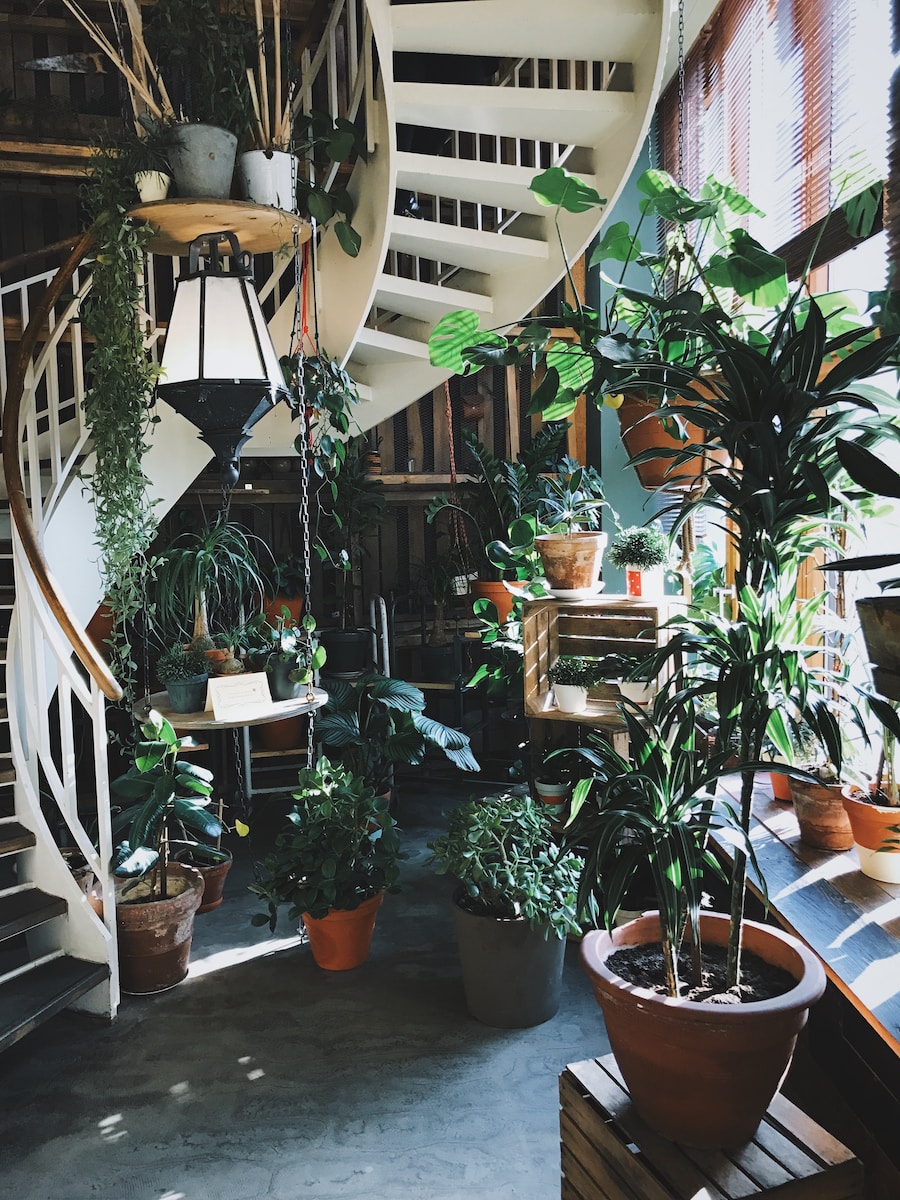





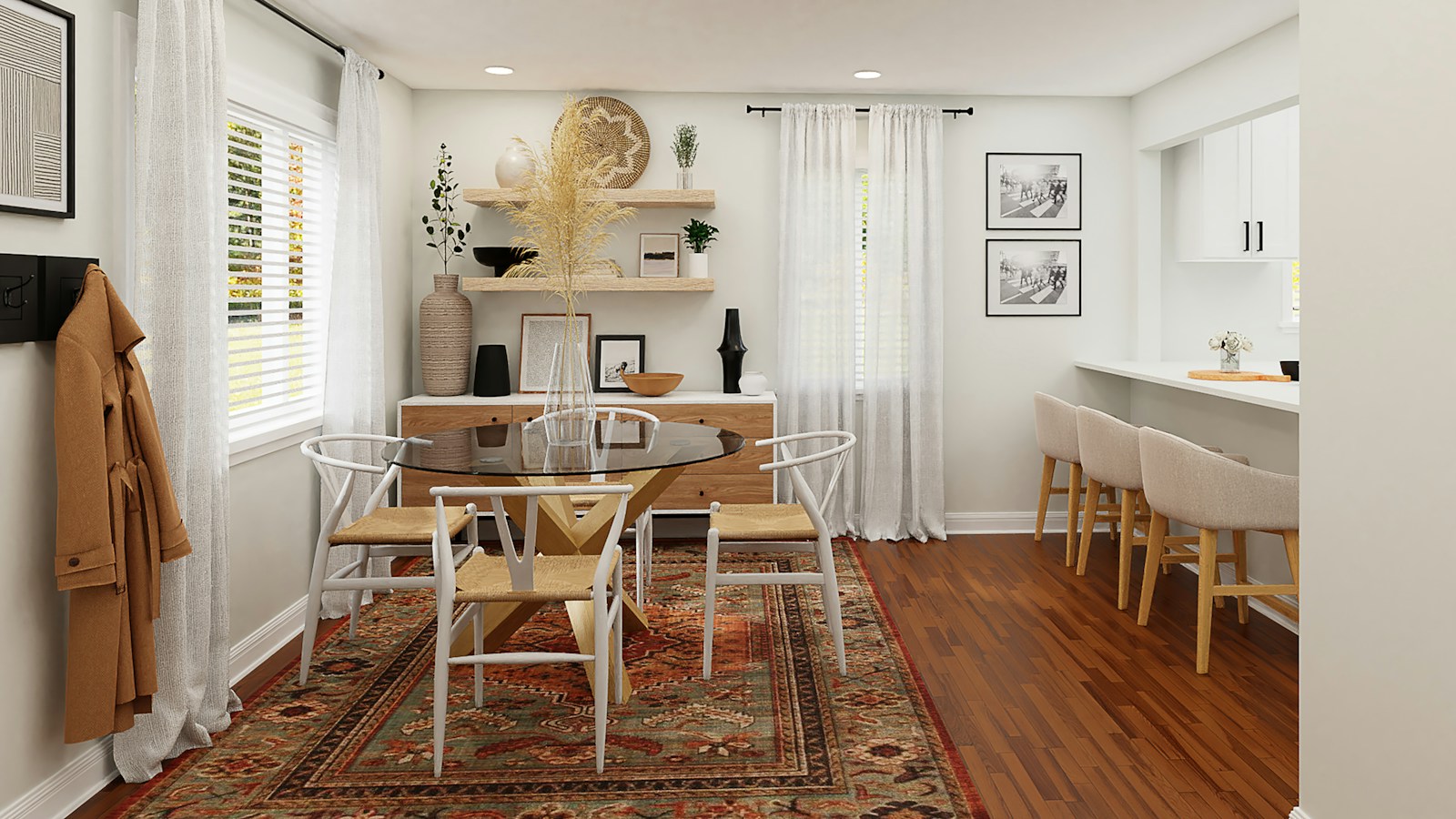
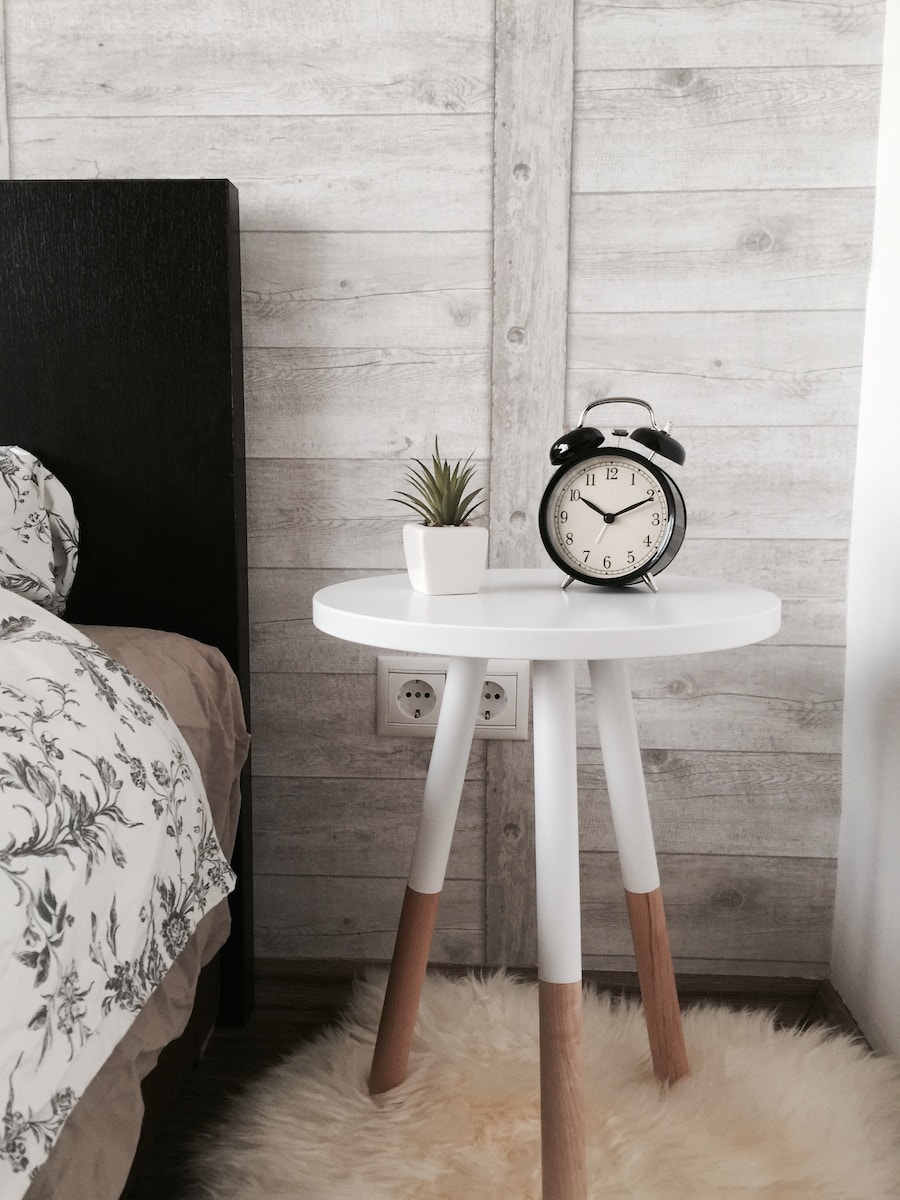
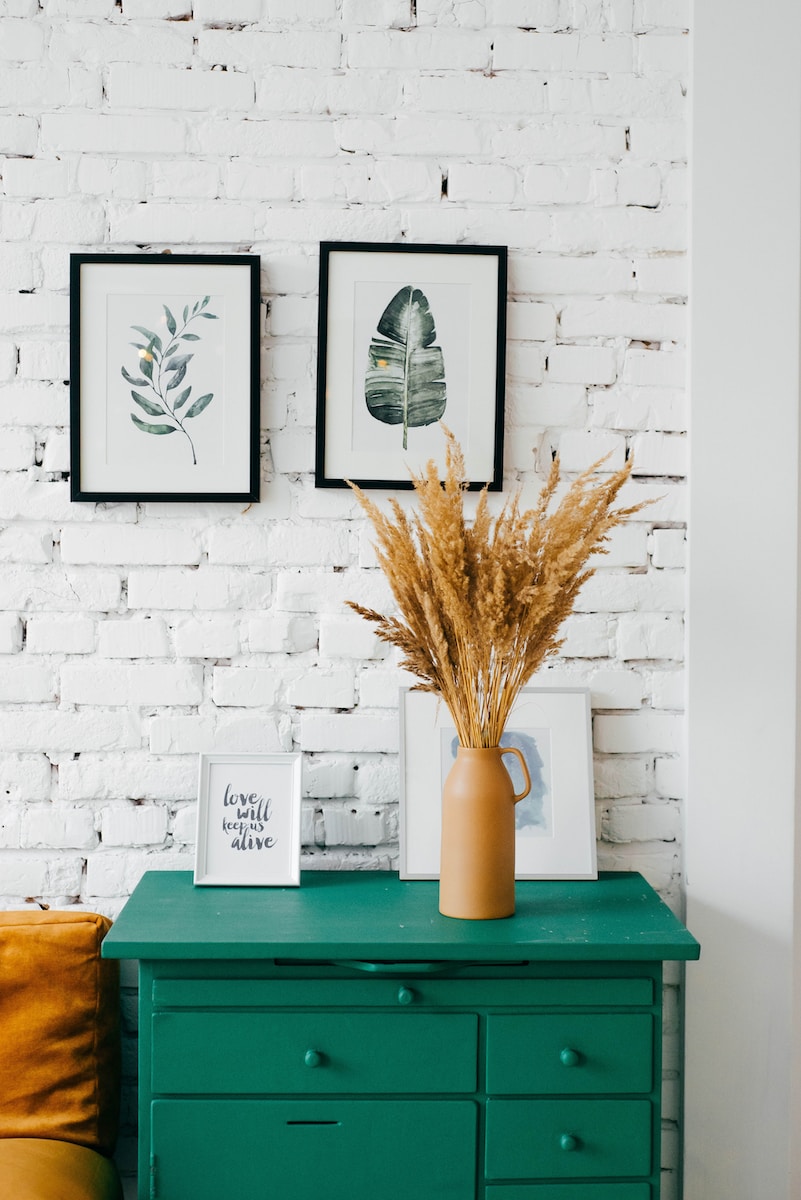

Find Us on Socials